How to Repair GRP Pipe: A Step-by-Step Guide + Techniques and Tips
Despite GRP pipes requiring less maintenance than traditional pipelines, damages such as abrasion, flange leaks, delamination, or fractures are inevitable under certain conditions. Thus, periodic inspections and repairs will prevent costly replacement, fluid waste, or downtime in specific locations. Otherwise, proper selection of GRP pipe repair strategies that follow industrial standards improves the long-term performance over decades.
To fix a damaged GRP pipe, shut off and drain the line first. Clean the surface and shape the roughness in 60 microns, then use epoxy putty for small leaks or cracks. For more substantial repairs in harsh damage cases, wrap the area with fiberglass tape and resin, or cut out the section and replace it. Let it cure fully, then test the pipe via hydrostatic testing.
From pinholes to micro-cracks, this article shows exactly how to maintain GRP pipes with no need for replacement.
Common Types of GRP Pipe Damage: From Abrasion to Structural Cracks
There are several factors that may affect GRP pipe performance and cause damage, such as pinholes, fiber exposure, or cracks. This section explores these common damages of GRP pipes:
Surface Damage: Friction may cause a leak and weaken the pipes, which, via epoxy putty, can prevent further issues or abrasion.
Micro Leaks: GRP pipes are more likely to shape leaks in seismic zones that are fixed by self-vulcanizing tapes.
Structural Cracks: Mechanical vibrations may create some damage that fiberglass composite wraps can fix permanently.
Connection Leaks: Incomplete sealing or expansions may cause leaks at connections that need joint repair via resins or couplers during or after the pressure testing.
Laminate Failure: GRP pipes may show delamination or fiber exposure due to aging or harsh chemicals, which require epoxy resin repair for their strength components.
Repair vs. Replacement: How to Inspect, Diagnose, and Decide
Periodic inspection of GRP pipes avoids further costs of replacement by identifying the damage and selecting the repair method.
- First, check pipes for visible signs of cracks or delamination, then recognize the damage type, like pinholes, fractures, or joint leaks.
- Second, via pressure drop test or ultrasonic testing to find the visible leaks or hidden micro-leaks in high-pressure systems like oil & gas systems.
- Third, evaluate the aspects like damage extent, repair cost, downtime, and pipe lifespan. For instance, in surface scoring, repair will fix it, while delamination may need replacement.
- Last, consider temporary fixes like epoxy putty, which are used for emergency conditions, and permanent repairs, which are used when timing does not matter.
Safety and Preparation Before GRP Pipe Repair
There are crucial considerations before getting into the GRP pipe repair, such as isolating the section and some environmental requirements like PPE, site safety, and workplace preparation.
Depressurizing the pipe section
It goes through the isolation of the damaged section via valves to prevent risks of pressure or leaks.
Personal Protective Equipment (PPE)
Chemical-resistant gloves, respirators, safety goggles, and protective clothing are required while applying epoxy putty to avoid the risk of resin fumes.
Site-Specific Safety Considerations
In specific conditions like marine or confined spaces, the air quality and safety protocols reduce the risk of flammability.
Preparing Workspace for Excavation
In underground installations, proper shoring and burial pave the way for excavation, while in above-ground pipelines, for safe access, cleaning eases the process and decreases further disruptions.
Tools and Materials Required
To create a long-lasting GRP pipe repairing or replacement, the proper selection of tools is crucial for both permanent and temporary fixes via standards like ASTM F2019.
Also, consider the proper tools that represent a durable and safe process for problems like cracks, leaks, or delamination. Below, through a table, we’ve broken down these tools and their properties:
| Tool/Material | Purpose | Key Features |
|---|---|---|
| Epoxy Putty Sticks | Seal small cracks, pinholes. | Fast-curing (5-10 min), easy to apply. |
| Fiberglass Repair Tape | Reinforce damaged areas. | Resin-soaked, 50% overlap, durable. |
| Structural Epoxy Resins | Rebuild sections permanently. | High-strength, cures in 1-24 hours. |
| Mechanical Clamps/Clips | Temporary leak sealing. | Corrosion-resistant, adjustable. |
| Cleaning Tools: Brushes, Abrasives, Solvents | Ensure adhesion. | Achieve ~60-micron roughness. |
| Safety Gear: Gloves, Respirators, Goggles | Protect against fumes, dust. | Chemical-resistant, ANSI-rated. |
Technical Insight: As noted in ScienceDirect, the 60 microns roughness creates the right surface preparation for the GRP pipe repair via epoxy putty or fiberglass wraps to extend their lifespan over decades.
Step-by-Step GRP Pipe Repair Process
For a practical and durable GRP pipe repair, a systematic method combined with global standards will keep the piping system away from damage like cracks, leaks, or delamination under specific conditions.
Surface Preparation: Proper Cleaning for Long-Term Performance
To start the GRP pipe repair, clean the damaged section with solvents like acetone, then dry the section to remove the moisture. Then remove oil or dust via fire brushes to prevent incomplete bonding. Then measure the roughness for 60 microns, per ASTM F2019, for long-lasting performance.
Now the damaged section is ready for either temporary or permanent repair through the steps in the following sections.
Temporary Leak Sealing
This step mainly requires rapid operations for projects under traffic or low-risk damage. Here are three central methods to fix leaks or cracks below:
- Epoxy Putty: Apply fast-curing epoxy putty sticks to fix small cracks or pinholes to create a temporary seal.
- Self-Vulcanizing Tape: These tapes are used for emergency leak problems by overlapping layers around the leaking area for a good pressure-tolerant sealing.
- Stainless Steel Pipe Clamps: These clamps are placed over leaks to compress the area as a temporary fix in larger cases.
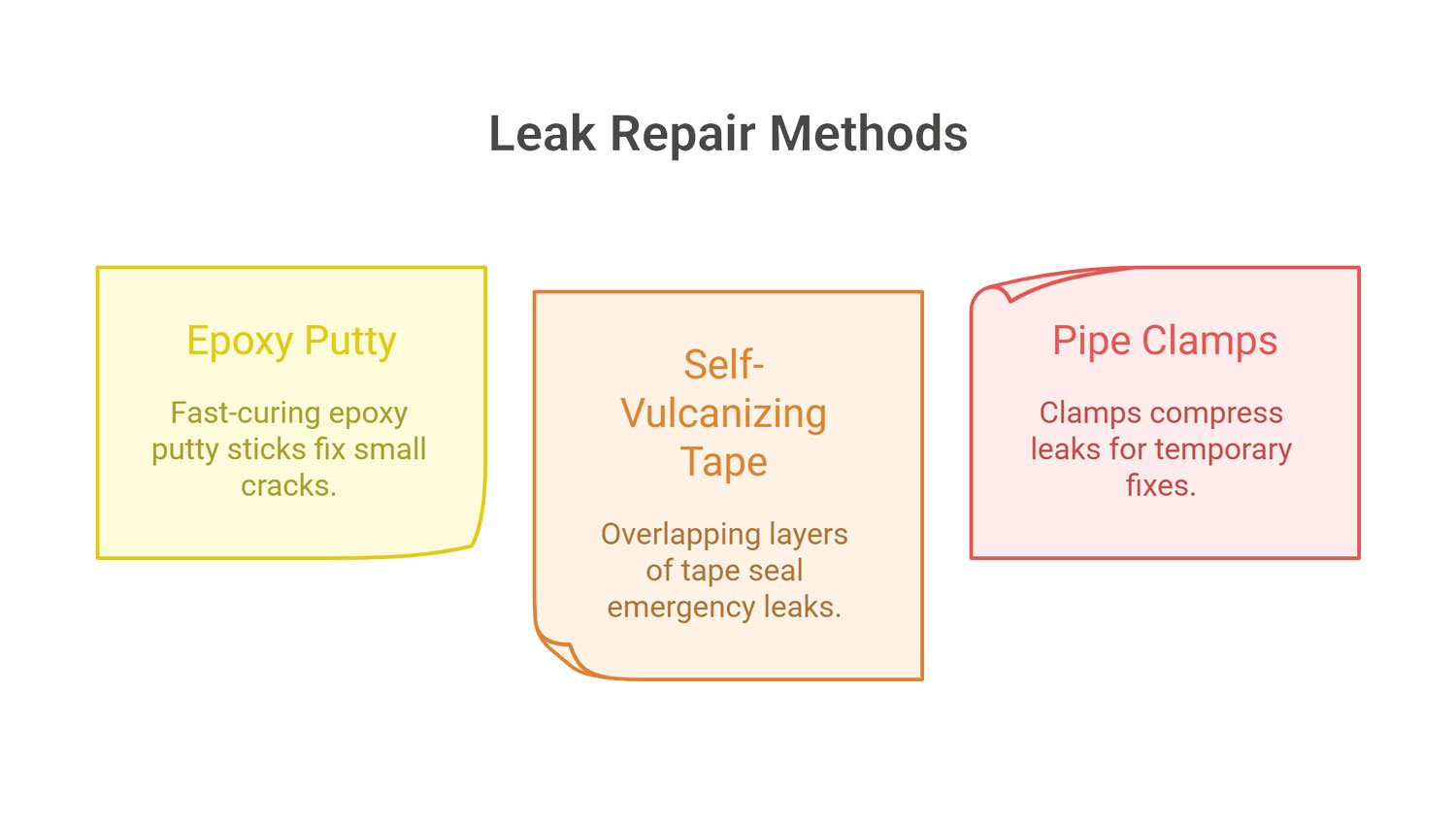
Permanent Structural Repair
Permanent repairs use specialized techniques to address different types of damage and restore GRP pipe integrity for long-term use. Below are several ways to fix leak or crack issues for good.
1. Structural Filling with Epoxy Resin
Deep cracks or scored areas are repaired using this technique. Apply structural epoxy resins (two-part systems) in layers to damaged areas in accordance with the pipe’s pressure rating.
Then, indicate the thickness through pipe specifications, such as ASME B31.3. Also, it depends on humidity and temperature, so the curing time range is changing from one to twenty-four hours, for a solid, chemical-resistant bond.
2. Fiberglass Composite Wrapping
Apply 50% overlap of fiberglass repair tape soaked in resin to provide structural reinforcement, extending 100–200 mm past the damaged area.
To create a sturdy composite pipe repair that can endure operational stresses, switch up the wrap directions to optimize strength. ASTM F2019 for pipeline rehabilitation is met by this technique.
3. Section Replacement: Full Removal, Bonding, and Joint and Sealing
If there is harsh damage, a pipe cutter must be used to remove the damaged pipe segment. Install a fresh section of GRP pipe, making sure it is aligned, using mechanical couplers and adhesive bonding. To keep joints structurally sound and stop leaks, reinforce them with epoxy resin and wraps.
4. Flange & Joint Repairs
To fix leaks at elbows, flanges, or in specific situations requires their own special methods. After surfaces have been cleaned and prepared, seal them with epoxy resin or wraps without disassembling them.
Epoxy injection guarantees a watertight seal for complex joints, maintaining the functionality of GRP pipe joints and flange repairs.
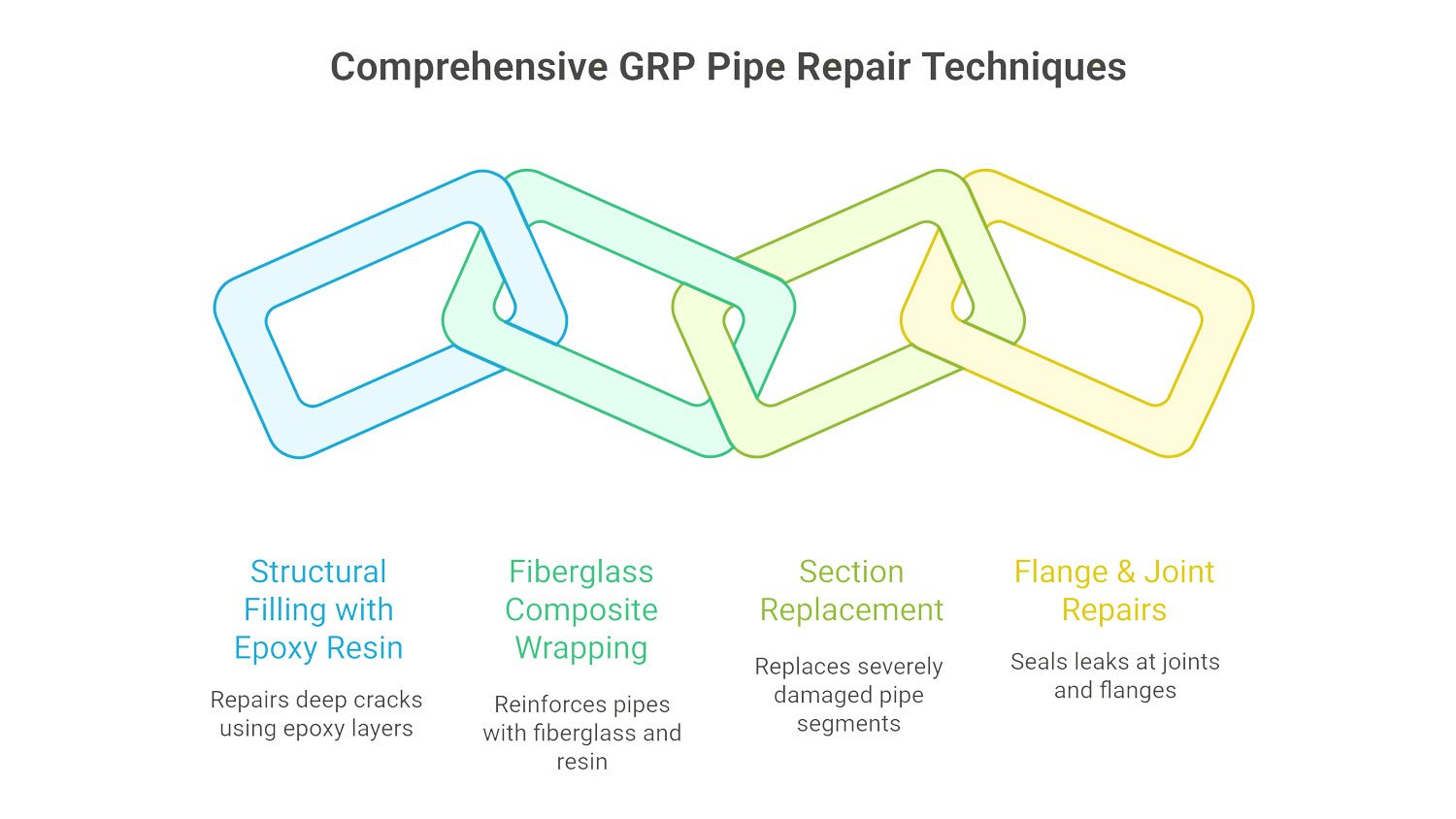
Exceptional Cases: What are the benefits of preventive surface repairs?
To prevent future problems in GRP piping systems, periodic maintenance for non-leaking damage is recommended per ASTM F2019.
If Surface scoring and abrasion are treated at the right time, future leaks will be prevented. Consider the environmental and operational stress that causes further damage.
Epoxy putty is applied for deep scoring before reburial to create a protective layer against corrosion and chemical damage.
This method will reduce the leak risks by up to 40% and avoid expensive repairs or operational downtime that boost pipe lifespan for the rest of their efficient performance over decades.
Post-Repair Curing and Testing
To confirm that Glass Reinforced Plastic pipes are restored according to ASTM F2019 standards, effective GRP pipe repair requires wide curing and testing.
- Epoxy Curing Times: Give epoxy putty 5–10 minutes to solidify; for a strong bond, structural resins require 1–24 hours, depending on humidity and temperature.
- Pressure Testing: AWWA C950 guidelines highlight conducting hydrostatic testing with water or pneumatic testing with air to verify that there are no leaks.
- Visual Inspection: To confirm the quality of the repair and the stability of the structure, look for cracks, uneven surfaces, or leaks.
- Restoring Service: To safely resume operations, carefully rebury subterranean pipes after testing and restore flow.
Maintenance and Preventive Strategies
In order to reduce expensive repairs, keep compliance with ISO 10639 standards, and increase the lifespan of Glass Reinforced Plastic (GRP) pipelines, proactive maintenance is necessary.
Regular Inspection Schedules
To avoid major failures, routinely check joints and areas that are prone to vibration. This will help you spot wear early on, like pinholes or delamination.
Protective Coatings or Composite Wraps
Applying protective coatings or composite wraps to high-stress areas can improve durability by providing a barrier against UV rays, chemical exposure, and abrasion. (Source: BHEL)
Correct Installation and Insulation
To reduce mechanical and thermal stress and lower the chance of cracks or leaks, adhere to ISO 10639 for proper installation and insulation.
Keeping Emergency Repair Kits on hand
For quick reaction to leaks in industrial environments, keep kits stocked with epoxy putty, fiberglass tape, and clamps.
Costs and Timeframe for GRP Pipe Repair
The proper evaluation of costs and timing of GRP pipe repair can make a guideline for selecting the correct method (either temporary or permanent) for long-lasting GRP pipe performance. Cost factors, the minority or majority of repairs, and the need for repair or Replacement determine the right choice.
1. Common Cost Considerations
There are three factors in GRP pipe material that indicate the cost (fiberglass tape, epoxy putty, and structural resins). The technician’s skills determine the labor cost; for instance, in industrial pipelines, the downtime affects the costs more than materials as we go through larger scales.
2. When to Make Major vs. Minor Repairs
Some minor leaks typically require epoxy putty or tapes to be fixed in less than an hour, while major repairs like section replacement or wrapping with fiberglass need 1-3 days to test and cure.
3. Repair vs Replacement: when to choose each?
For localized damage, repairs are typically less expensive than complete Replacement, which entails greater costs for labor and materials.
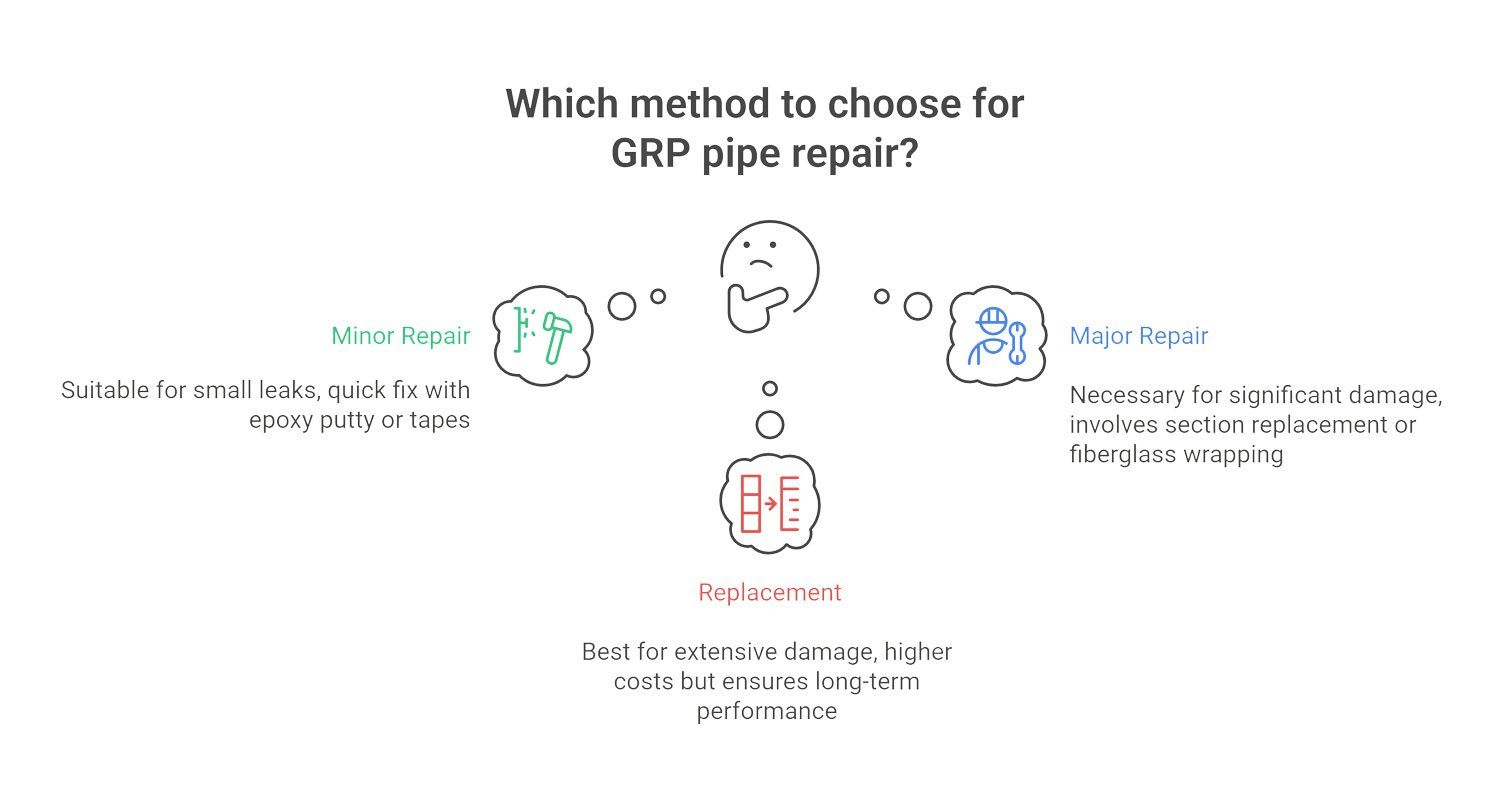
Final Thought
GRP pipes are reliable and durable pipelines that surpass traditional pipes like steel and concrete through their long lifespan of over 50 years. However, they may include some periodic maintenance or repairs during the testing or after years in harsh environments. For pinholes and small leaks, temporary methods like epoxy putty are recommended, and for harshly damaged sections, replacement or fiberglass wrapping will fix the problems for good.
FAQs
1- What damages GRP pipes?
Pinholes, cracks, or delamination from friction, seismic activity, vibrations, poor sealing, or chemical exposure need epoxy putty or fiberglass wraps.
2- Repair or replace GRP pipes?
Inspect for cracks, test with pressure or ultrasonic methods, and assess damage, cost, and lifespan. Surface scoring favors repair; delamination may require Replacement.
3- What safety steps for GRP repair?
Depressurize pipes, use PPE like gloves and respirators, ensure site safety in confined spaces, and prepare the workspace for excavation or access.

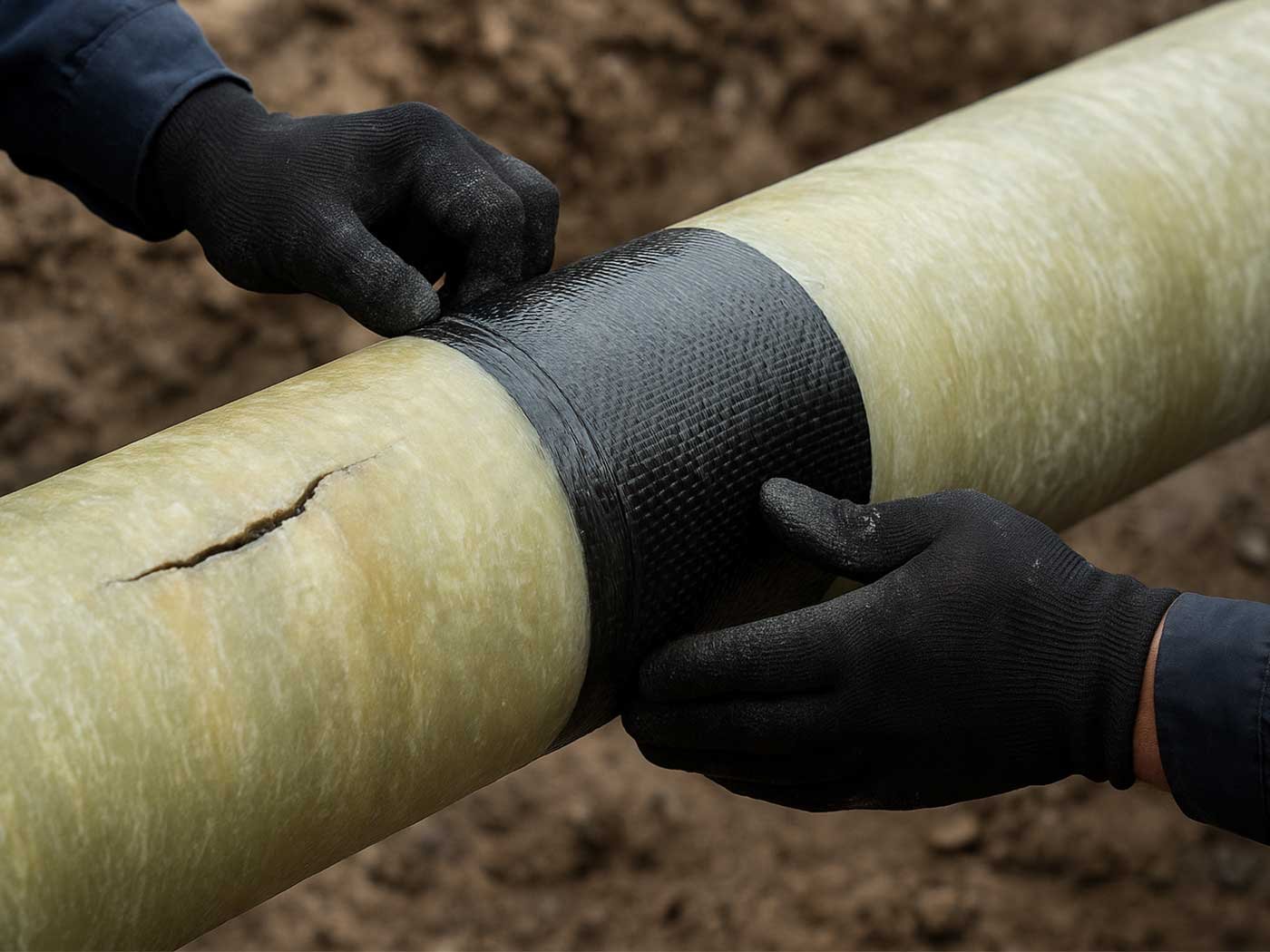
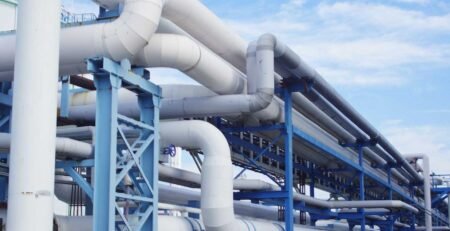
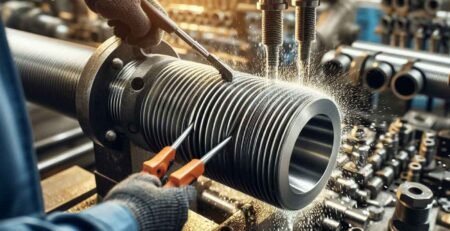
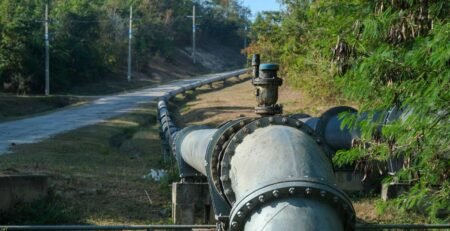

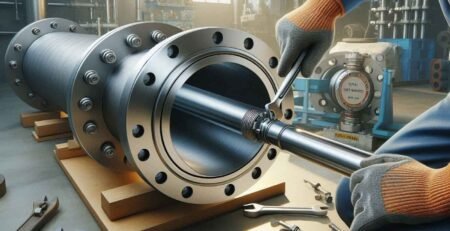

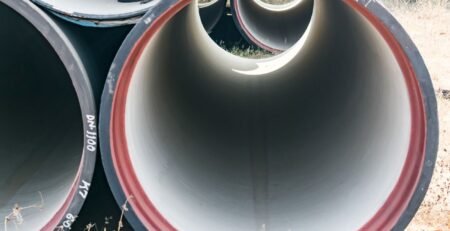


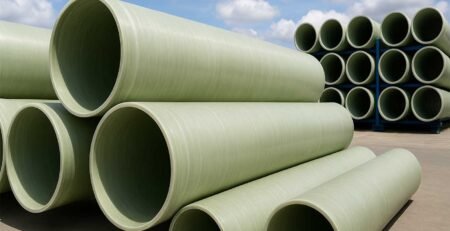
Comment (1)
A valuable contribution to the industry, Mr Farshid Tavakoli!
This guide will certainly benefit infrastructure projects across the region.